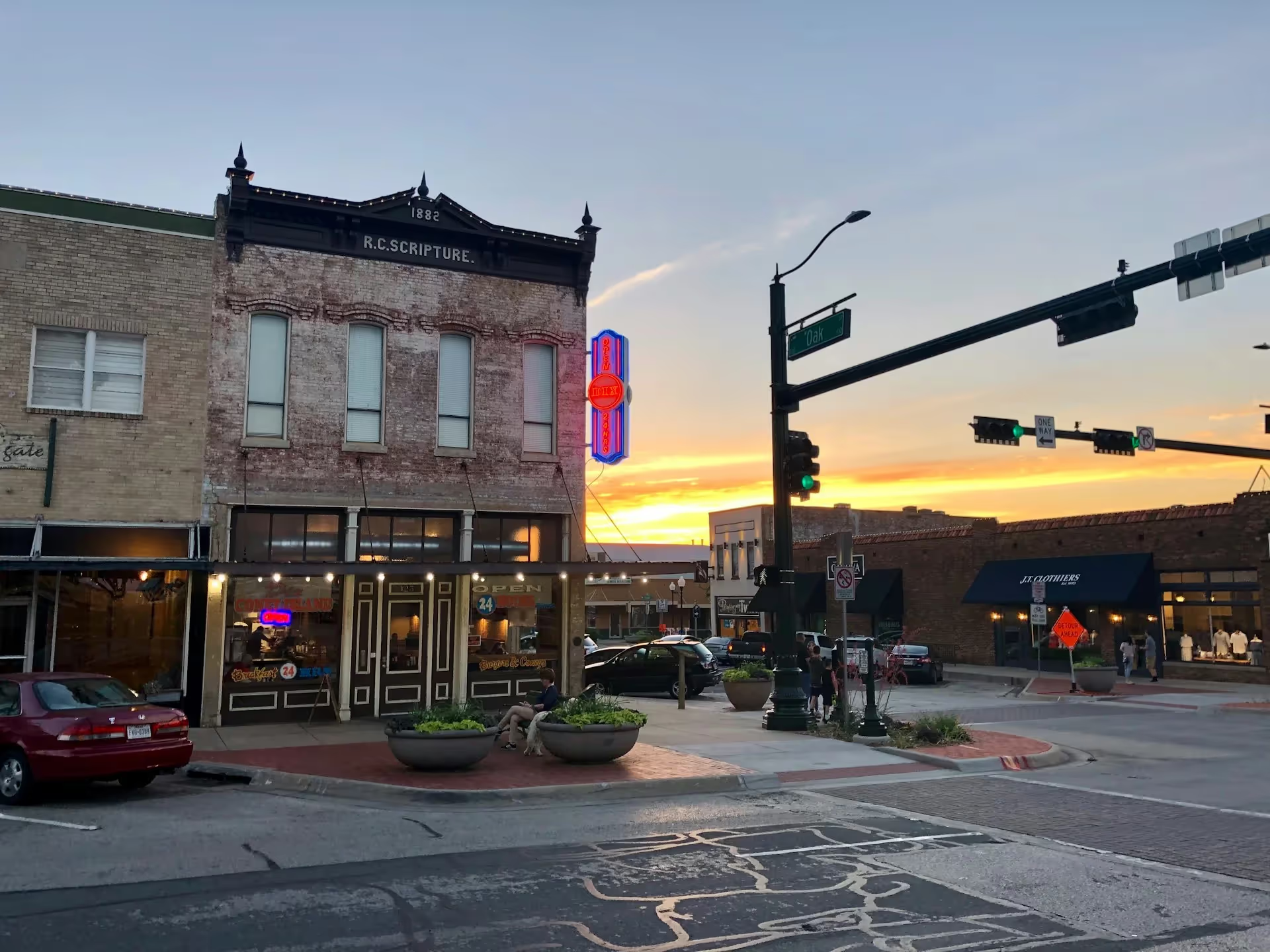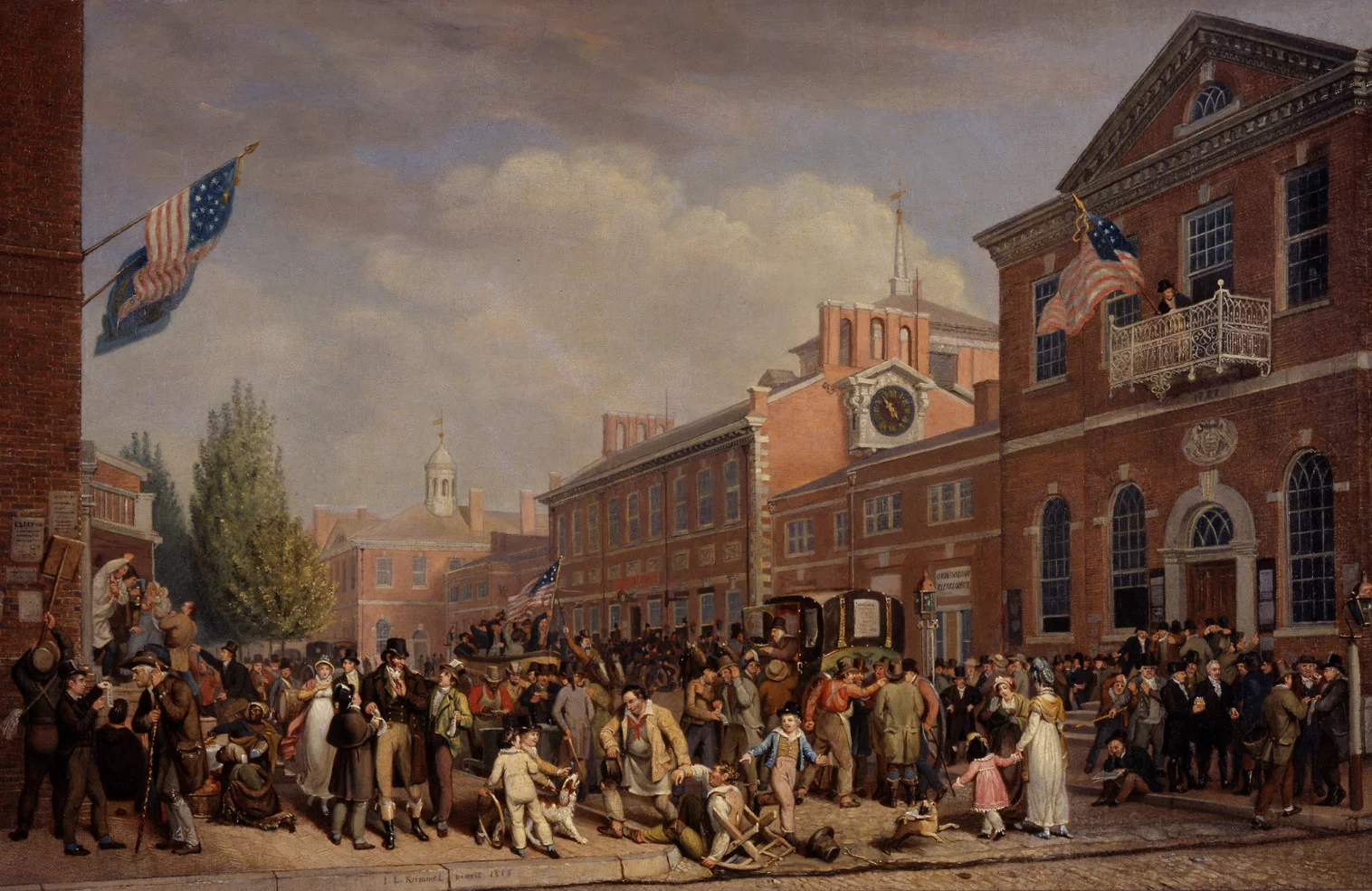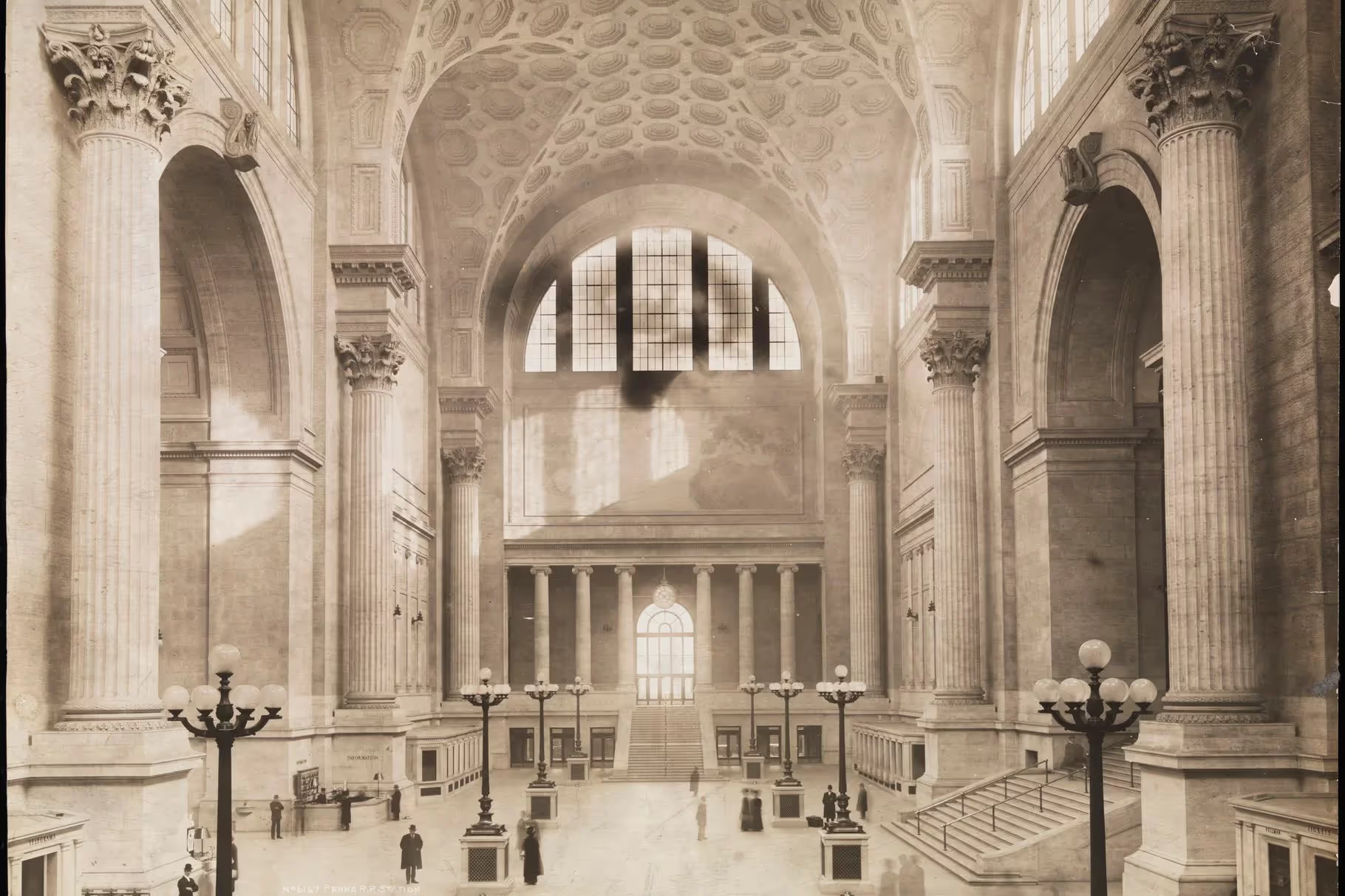
American Renaissance: Penn Station Reborn?
The original Penn Station was the city’s reception hall for travelers, the parlor of New Yorkers, where anyone down on his luck could feel like a king and that he too was a member of his city.
Last week saw a surprisingly placid interaction between the Trump Administration and the city of New York. While the public has become accustomed to a more contentious relationship over the past few years, Trump’s selection of Andy Byford to lead the revitalization of the city’s Pennsylvania Station has been met with an unusual degree of approbation from a wide assortment of citizens, ranging from historical societies to the governor’s office. The former president of the Metropolitan Transit Authority (MTA) has been tasked with the redevelopment of the nation’s busiest train station, an oft-criticized object of scorn for New Yorkers. His selection comes a month after the Federal Department of Transportation took over the project from the MTA and the state. While the bulk of the project involves further development of infrastructure to accommodate increased passenger volume, it also provides an opportunity to address the building's architecture, which has been a key point of discussion throughout the project. In addition to being the nation’s leader of passenger rail, the story of Pennsylvania Station is a flashpoint amongst architects, urban planners, and cultural commentators.
The original Pennsylvania Station was completed in 1910 for the Pennsylvania Railroad and was a masterpiece of architecture and engineering. In addition to its role as a station on a grand scale, a temple of transportation, it served as a refuge of noble proportions for the citizens. It was the city’s reception hall for travelers, the parlor of New Yorkers, where anyone down on his luck could feel like a king and that he too was a member of his city. True, it was a business enterprise, but the role was both financial and an expression of public spirit, serving an elevating role in the city that never sleeps. Designed after the ancient baths of Caracalla and Diocletian, it brought an imperial grandeur befitting the commercial and cultural capital of the Empire State. It served as an architectural high water mark of the American Renaissance at the turn of the twentieth century. It’s little wonder that it inspired poetry from Langston Hughes and short stories by William Faulkner.
Facing declining rail revenue because of automobile and airline travel in the 1950s, the Pennsylvania Railroad decided that it would be financially prudent to demolish the station to sell the profitable land on which it sat. Public resistance was fierce, with pickets and support from officials and citizens alike, even from unlikely quarters such as famed modernist architect Philip Johnson. Public support for saving the station was high, and New Yorkers displayed a commitment to preserving what had become a civic palace to which they had a claim. Tragically, it was to no avail, demolition began in 1963. As columnist Ada Louise Huxtable wrote, "Until the first blow fell, no one was convinced that Penn Station really would be demolished, or that New York would permit this monumental act of vandalism against one of the largest and finest landmarks of its age of Roman elegance." Alas, the barbarians had breached the gates, and one of the most outstanding American architectural achievements in the twentieth century came down after a reign of only fifty years.
In its place was built the Madison Square Garden, a great round coffee-can of an arena with all the charm and nobility of a Times Square billboard. The station itself, shorn of its soaring concourse and waiting hall, was relegated to an underground warren of tunnels and platforms, claustrophobic, depressing, and horribly crowded. The new Penn Station was immediately infamous, art historian Vincent Scully famously describing the juxtaposition with the old station, “one entered the city like a god, one scuttles in now like a rat.” For the past five decades, the station has become the favorite object of ridicule for New Yorkers and visitors alike.
The demolition of old Penn Station was one of the most notable victims of an urban reign of terror that swept the nation following World War II. Unlike Europe, the United States had been spared the destruction of its cities during the conflict, but it seemed hellbent on catching up. A toxic confluence of factors, including a change in design philosophies, a utopian approach to ending poverty and demolishing “slums”, the rise of the automobile, and a series of negative government incentives, were rendering the nation’s urban centers horribly marred, alien, and increasingly robbed of their character. Whether the destruction of individual structures: the Chicago Federal Building, the Singer Building and any number of less significant landmarks, or the wholesale leveling of entire neighborhoods and districts: Boston’s West End, St. Louis’ riverfront, and large swathes of Cincinnati, the pace of change was too great, and the replacements were too alien, unworkable, and ugly to be stomached anymore.
In this cultural climate, the demolition of old Penn Station became a cause celébre and a “Remember the Alamo” moment for the burgeoning historic preservation movement. While buildings and urban fabric had been demolished and rebuilt since the nation’s founding, the developments had almost always been an improvement, with older structures giving way to those of more architectural sophistication, congruent with the nation’s growing cultural prestige. This new wave of development, however, was more in line with the Cultural Revolution than civilizational growth, and efforts emerged to stop it.
Only three years after the first hammer fell at Penn Station, the National Register of Historic Places was created, just in time to narrowly save Grand Central Station from suffering a similar fate as the ill-fated Penn. To this day, the treatment of Penn Station serves as Exhibit A for those discussing the disasters of mid-century urban renewal, the conflict between modernism and classicism, and the threat that the most-loved landmarks in one’s community might not be as permanent as they seem.
It’s without surprise, then, that there has been much discussion about what the architecture of the third Penn Station should look like. The previous MTA plan, advocated by Governor Kathy Hochul, was an unsurprisingly ephemeral jumble of glass and steel wedged between the existing Madison Square Garden and the Penn 2 high-rise. Most of the effort would be restructuring rail infrastructure underground, with the concourse simply serving as a glorified subway entrance, no more particular to America’s First City than to Miami or Las Vegas. Despite the hordes of overly happy people in the renderings, it’s nothing but a classic substitution of lasting beauty and appropriateness with fashionable novelty, as inspiring as a fast food court.
More interestingly, the Trump administration’s takeover of the project has raised the hopes of rebuilding the station from a forlorn hope to a very real possibility. Groups have been advocating the rebuilding of the station for years, but one proposal, titled Grand Penn, is the most comprehensive to date, addressing the need to renegotiate properties and provide incentives for those owners to do so. Boasted as costing the same as the MTA plan, the project hinges on the demolition of Madison Square Garden and its transference to the site of the old Pennsylvania Hotel (unfortunately, meeting the same fate as the original station only a few years ago). With the impending renovations and political connections of its leaders, proponents of the project are hopeful that it could be implemented under the new federal oversight of the project. Proudly advertised as recapturing the glory of Old Penn, the proposal is, unfortunately, somewhat of a letdown compared to the original.
The heart of the project is a close re-creation of the glazed concourse, but most of the property is dedicated to garden space. The “improved” platforms and waiting rooms remind one of baggage claims at aging airports, and the colonnade becomes a cartoonish cladding around 2 Penn, reminiscent of the worst proposals for renovating Grand Central Station. The grand waiting hall, arguably the most significant feature of the original station, isn't even present in the proposal.
It's clear that these measures seek to cut the cost of what would presumably be a massive undertaking, but frankly, if you’re going to do something, do it well, and do it right. The will to rebuild is strong, as is the chain of support from the Department of Transportation. Much has been said in recent political discourse about righting the wrongs of the past, and here is a glorious opportunity to rectify the greatest act of architectural vandalism that this country has ever seen. While there may no longer be armies of cheap stonemasons, the primary argument against ornament in construction, this is the perfect opportunity to incorporate new and more affordable stonecarving technology that has been so highly lauded. If the goal is to reclaim the glory of the old station, then it should be rebuilt fully—no mere nod to the past, but a complete indulgence in the beauty that once was.
Ultimately, the rebuilding of Penn Station reflects how Americans view their cities and how they appreciate their heritage. Following the Second World War, cities across Europe went to great lengths to rebuild those significant structures and urban fabric that had helped to create their identity. Following the destruction of the British House of Commons in the Blitz, Churchill insisted that it be rebuilt exactly as it was, famously stating, “we shape our buildings, and afterwards our buildings shape us.” Foreseeing the ultimate destruction of German-occupied Warsaw, Polish architects risked death to document and backdate their drawings of the city’s historic architecture, knowing that it would have to be rebuilt. Famously firebombed Dresden completed its reconstruction of the Frauenkirche in 2005, sixty years after its destruction in the firebombing of the city. Each of these was meticulously reconstructed because its citizens recognized the centrality of these monuments in their culture and identity. They saw that these hallmarks were what helped to define them and served as physical articulations of their way of life.
Similarly, the United States should also pursue rectification of its own cultural destruction at the hands of modernist architects during the last century. Rebuilding Penn Station in its original iteration would restore the greatest gate to the city, which was itself the greatest portal to the country. It would return to citizens their most dignified public space, affirming the nobility of those who pass through its halls. One editorial at the time of the demolition stated, “any city gets what it wants, is willing to pay for, and ultimately deserves.” Given the president’s rallying cry to Make America Great Again, it should be evident that one of the best expressions of this message would be to restore one of the nation’s greatest architectural icons and declarations of civic pride. Let New York and the United States take this incredible opportunity to reclaim its lost heritage and build towards a more beautiful future.
Paul Zepeda is an M.Arch student at the Catholic University of America focusing primarily on classical architecture and traditional building methods.
Pursuit of Happiness
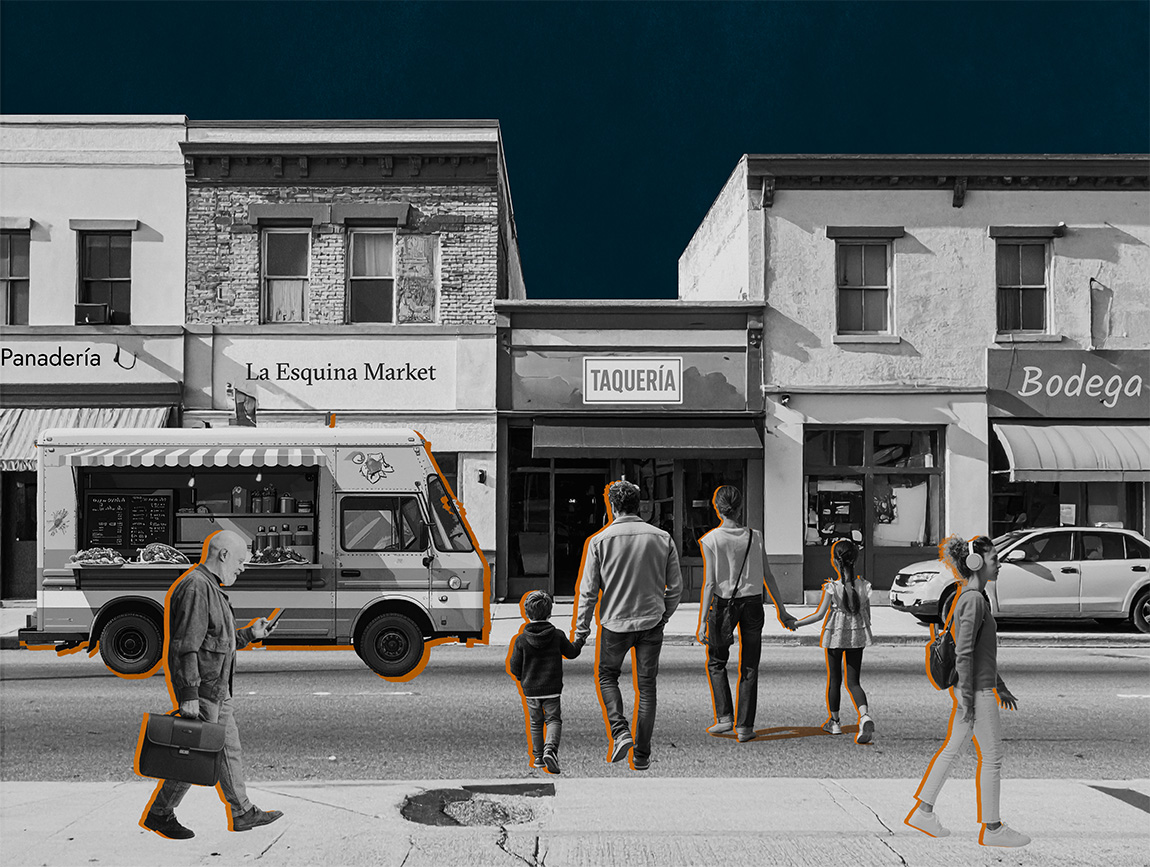
The Rise of Latino America
In The Rise of Latino America, Hernandez & Kotkin argue that Latinos, who are projected to become America’s largest ethnic group, are a dynamic force shaping the nation’s demographic, economic, and cultural future. Far from being a marginalized group defined by oppression, Latinos are integral to America’s story. They drive economic growth, cultural evolution, and workforce vitality. Challenges, however, including poverty, educational disparities, and restrictive policies, threaten their upward mobility. Policymakers who wish to harness Latino potential to ensure national prosperity and resilience should adopt policies that prioritize affordability, safety, and economic opportunity over ideological constraints.
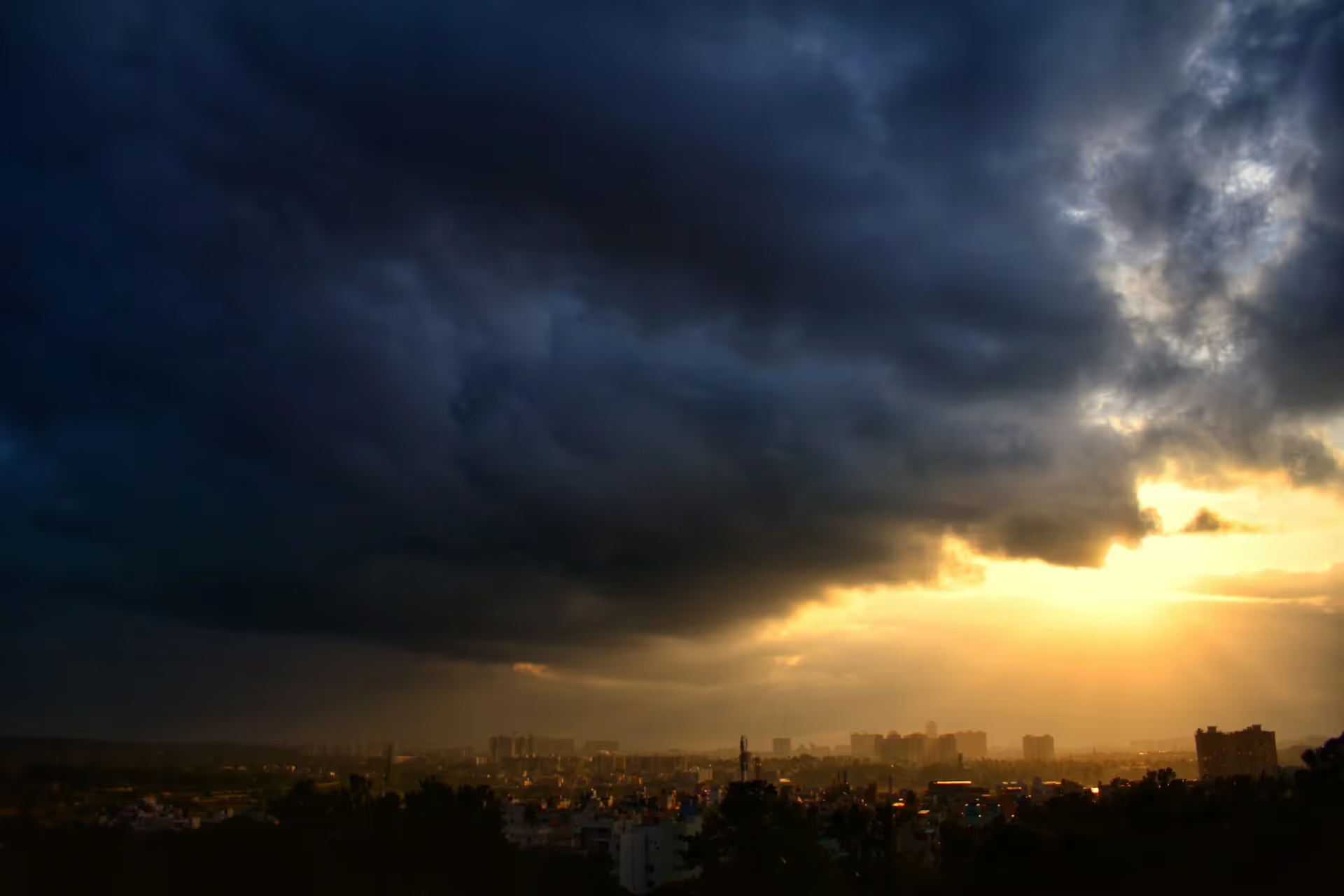
Exodus: Affordability Crisis Sends Americans Packing From Big Cities
The first in a two-part series about the Great Dispersion of Americans across the country.
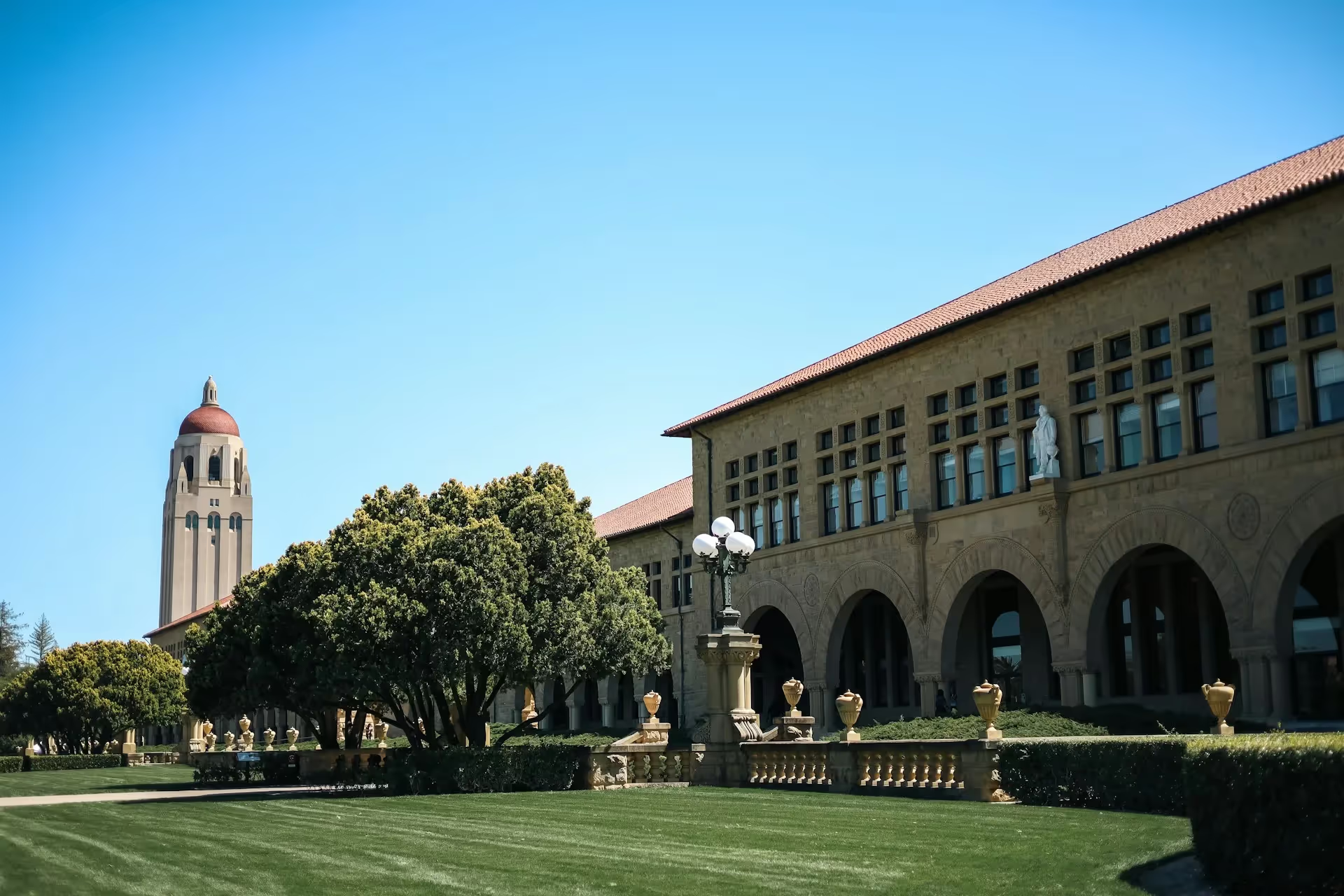
Stanford’s Graduate Student Union Tries to Stifle Dissent
The university may fire me because I won’t pay dues to a labor organization whose views I find repugnant.

Ken Burns' Egregious Omission
Ken Burns doesn’t smear the Founders, but he egregiously omits the courage and tireless work it took not only to declare independence, but to fight for it.

A National Day of Gratitude
Washington’s Proclamation expressed hope that God would “render our national government a blessing to all the people, by constantly being a Government of wise, just, and constitutional laws, discreetly and faithfully executed and obeyed…”


